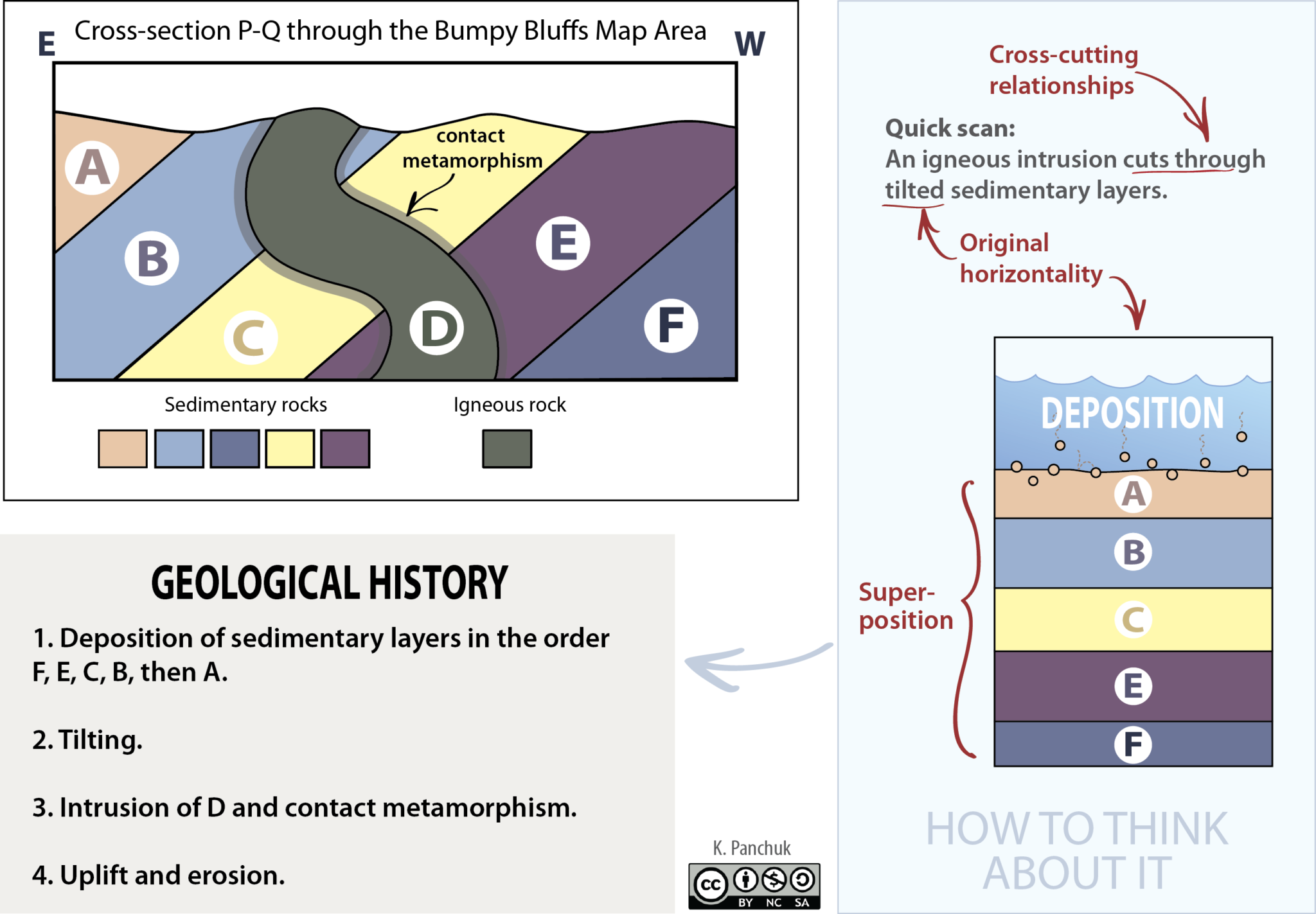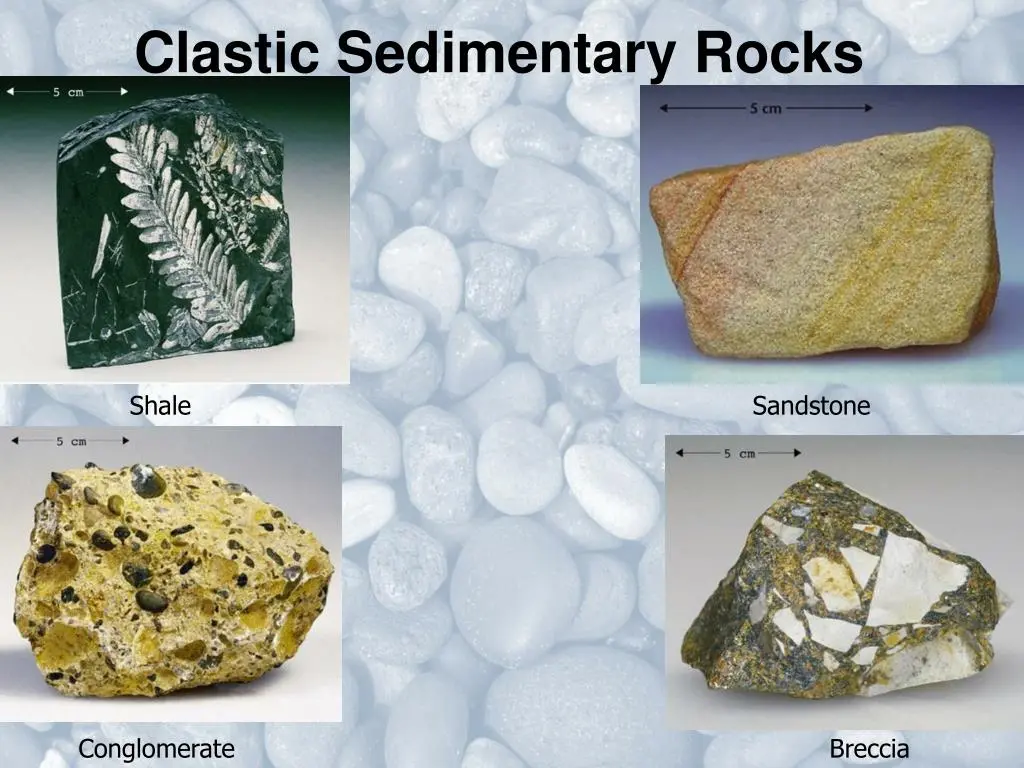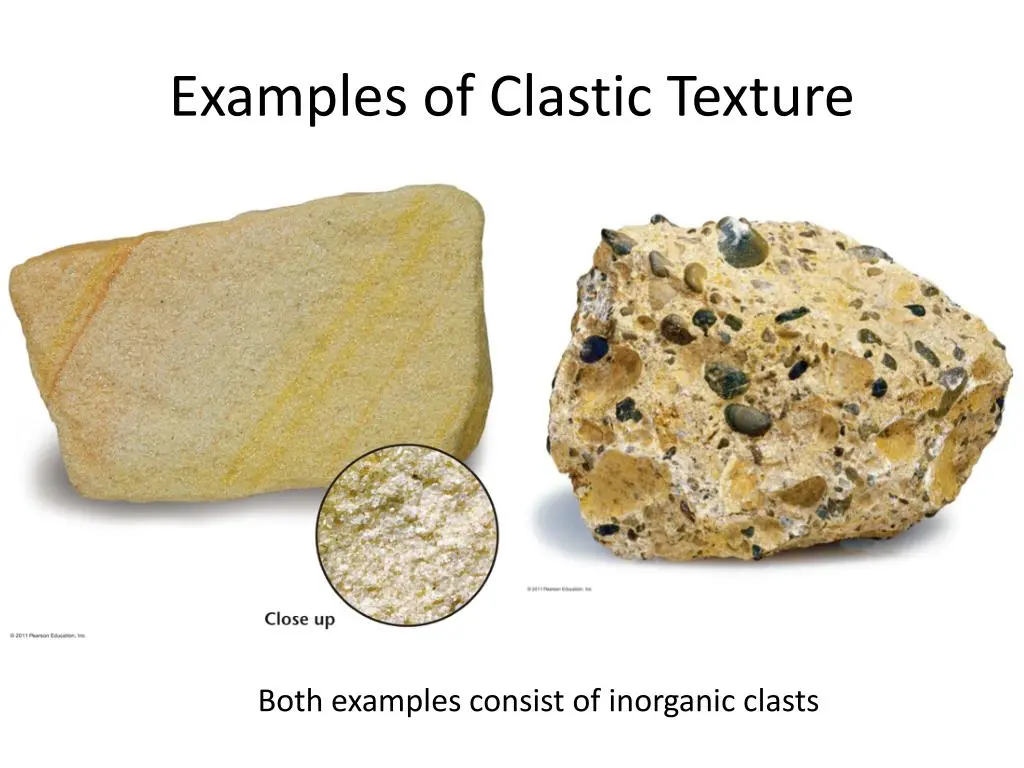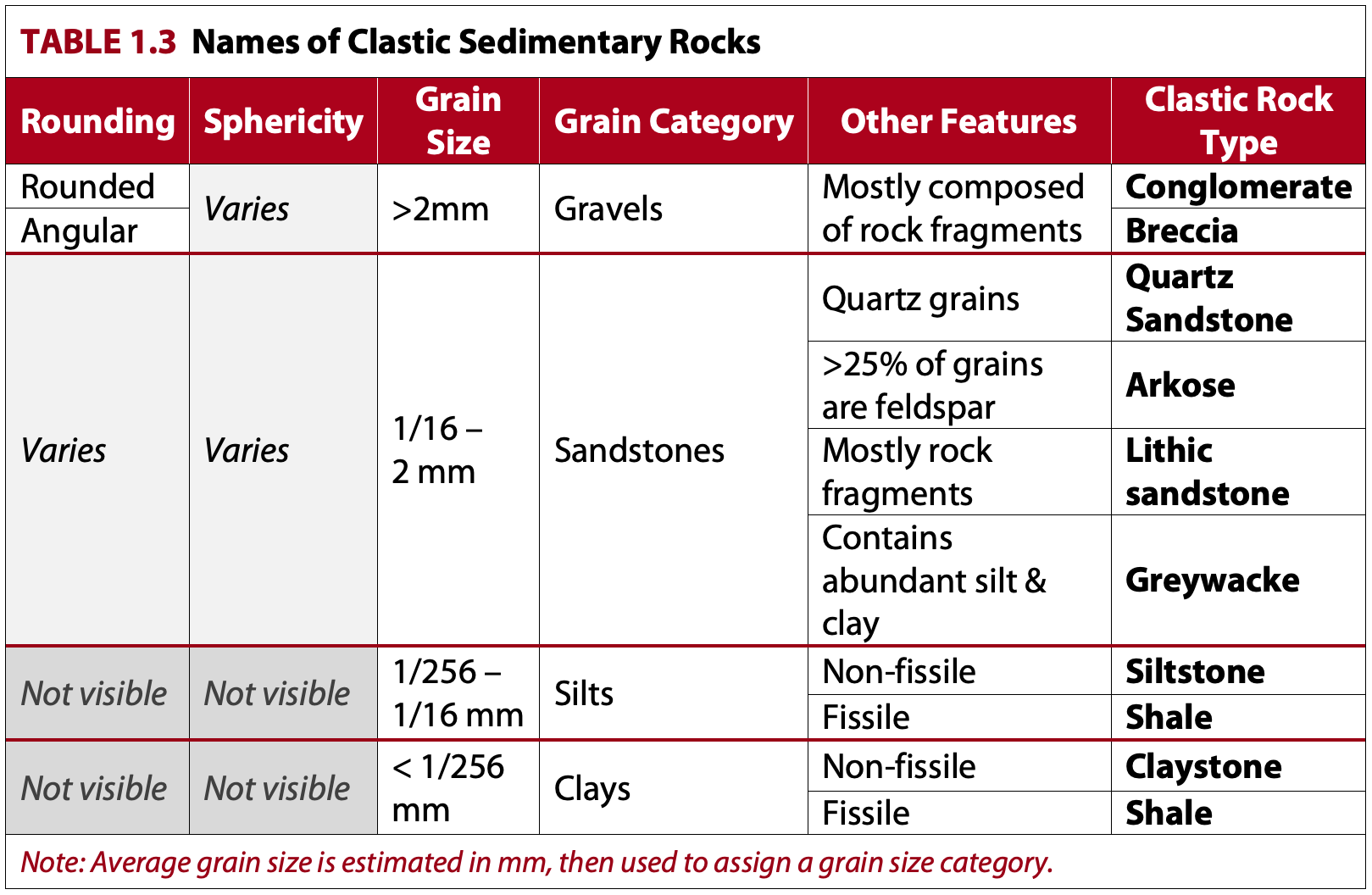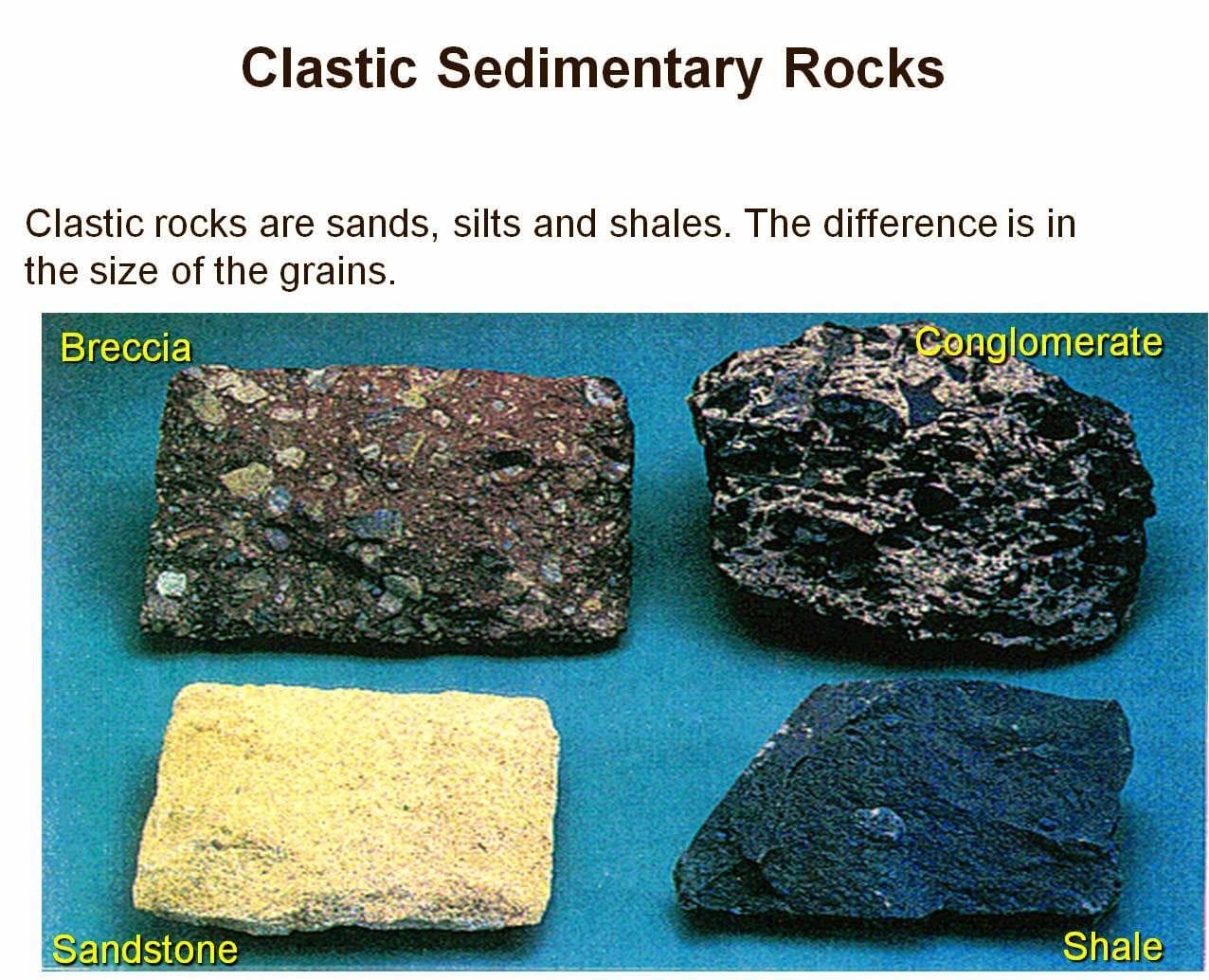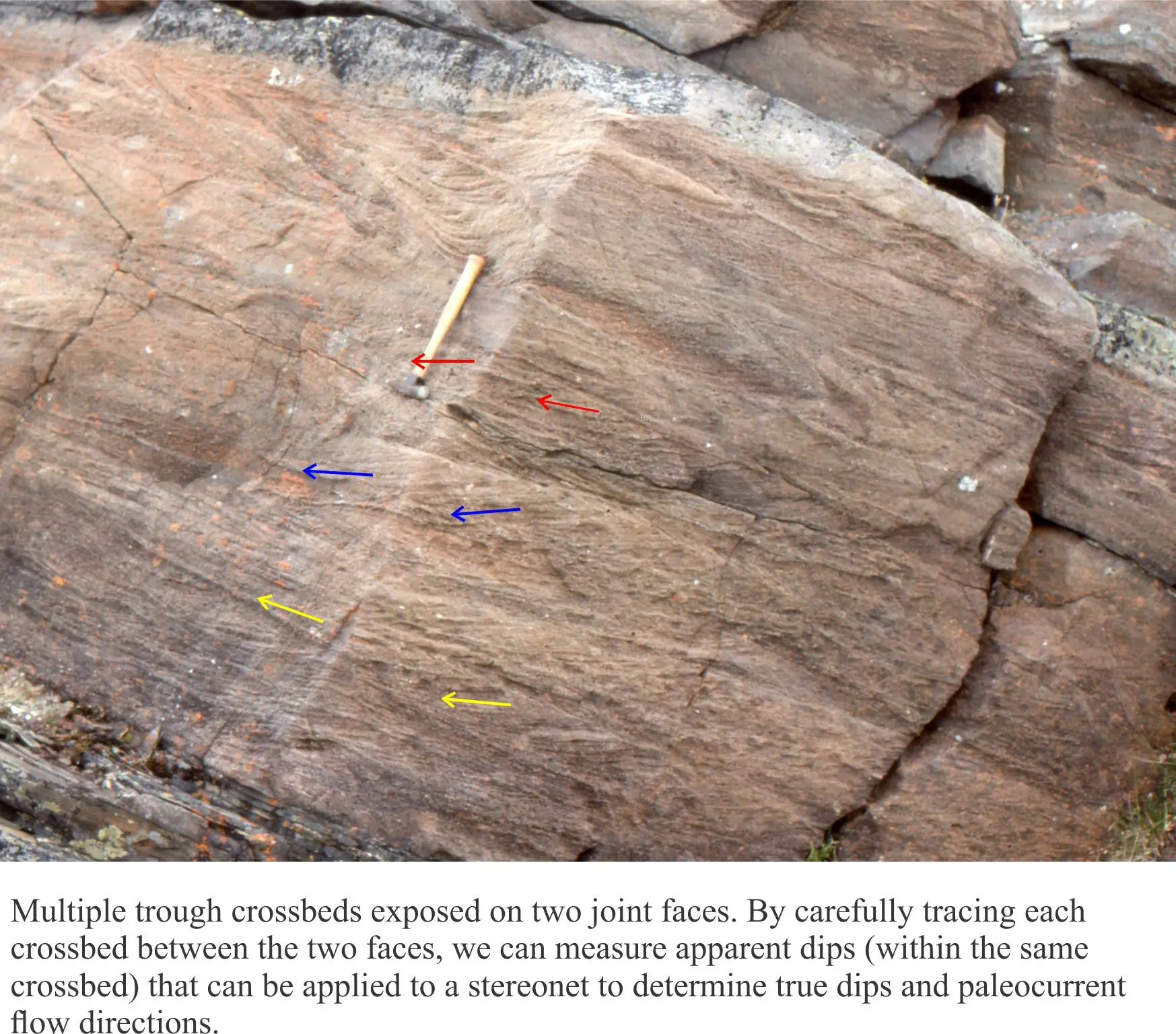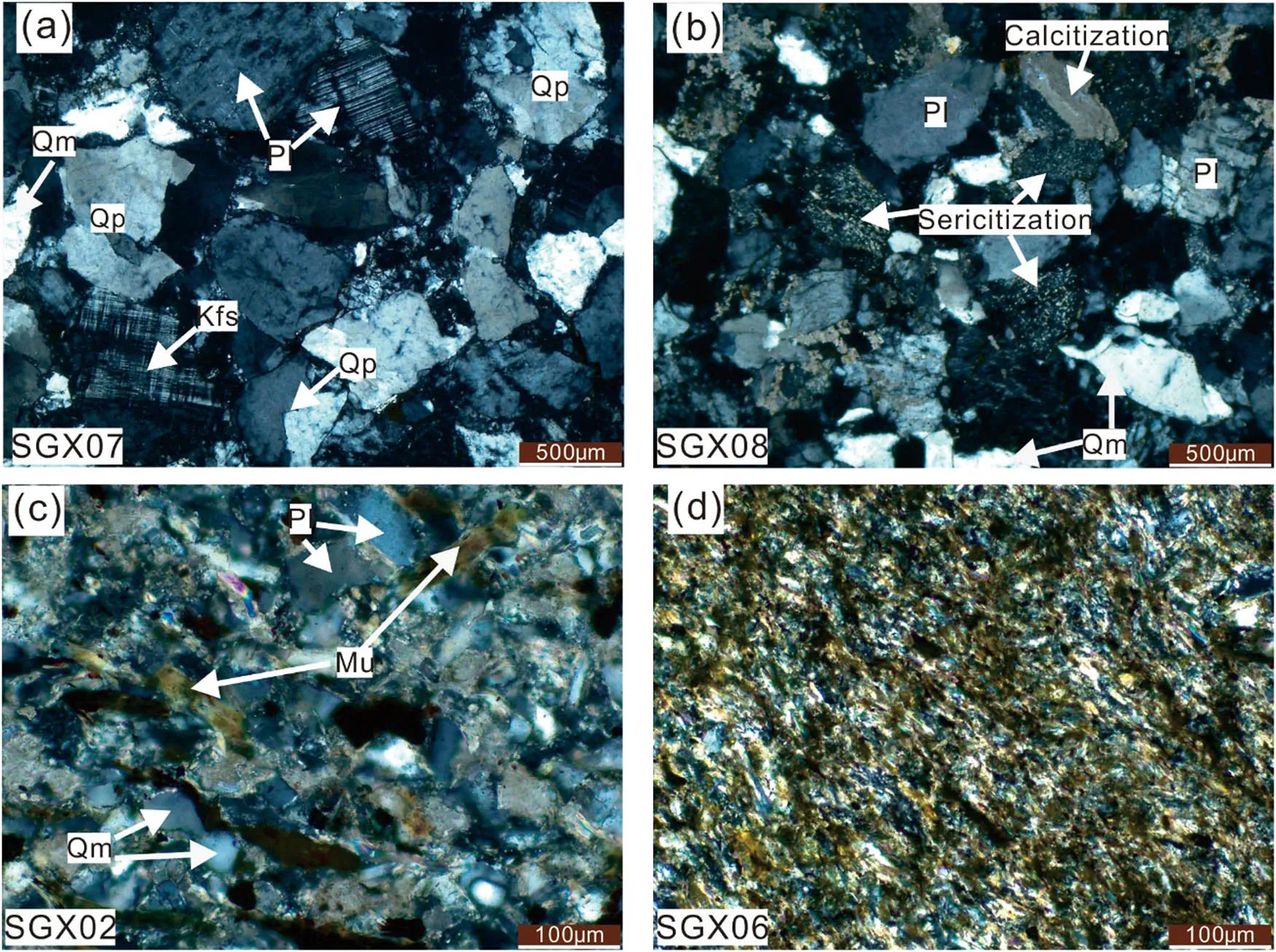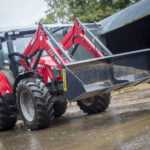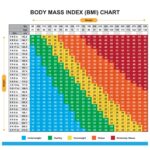Get ready to dive into the fascinating world of Earth’s geological secrets, where every rock tells a story. Imagine going on a treasure hunt, but instead of finding gold and jewels, you’re uncovering the hidden mysteries beneath our feet. Get ready to explore the incredible world of clastic dikes and soft-sediment deformation structures, intriguing geological formations that hold the keys to understanding our planet’s ancient history and the forces that have shaped it over time.
Clastic Dikes and Other Soft-Sediment Deformation Wonders
Imagine stepping into a world where the ground beneath your feet has a fascinating story to tell. That’s the realm of soft-sediment deformation structures (SSDSs) – some of the most intriguing geological phenomena that reveal the whispers of ancient events.
Clastic Dikes: Liquid Footprints of the Past
Think of clastic dikes as underground canyons, filled with sediments that once flowed like a liquid. These “liquid footprints” tell stories of past earthquakes that shook the Earth, storms that raged across the land, and even the impact of celestial bodies from outer space.
Exploring a Spectrum of Soft-Sediment Structures
Beyond these enigmatic dikes, a kaleidoscope of other SSDSs paint a vivid picture of ancient Earth:
- Load structures: Like a heavy weight pressing down, creating ripples and folds in softer sediments.
- Flame structures: When liquefied sediment shoots up into higher layers, leaving behind wispy patterns.
- Disturbed layers: Evidence of upheaval, where sediment layers have been tossed around like a scrambled egg.
- Laminated convolute beds: Layers of sediment that have been twisted and folded like a crumpled paper.
- Slumps: Grand slides of sediment that slid downhill, leaving behind telltale scars.
- Synsedimentary faulting: Faults that formed while sediment was still being laid down, capturing the moment of movement.
Studying these structures is like a treasure hunt, revealing clues about ancient earthquakes, environmental conditions, and even the behavior of creatures that once roamed the Earth.
Separating the Storytellers
Just as it’s important to know the difference between a fairy tale and a history book, it’s crucial to distinguish soft-sediment deformation from tectonic deformation. Soft-sediment structures were formed by the forces of nature, while tectonic deformation resulted from the movement of massive Earth’s plates. By carefully analyzing these structures, geologists can decipher their origin and unlock the geological memoirs of a region.
SSDSs: Unlocking Earth’s History
Soft-sediment deformation structures, including the enigmatic clastic dikes, are like geological time capsules. They offer a glimpse into the dynamic past of our planet, revealing the secrets of ancient earthquakes, environmental changes, and the forces that shaped our world.
Clastic sedimentary rocks are formed from the accumulation and compaction of weathered and eroded rock fragments, often transported by water, wind, or ice. You can learn more about the formation and characteristics of clastic sedimentary rocks here.
The weathering and erosion processes that break down rocks into smaller fragments are critical to the formation of clastic sedimentary rocks. These processes can be physical, chemical, or biological in nature.
The sediment transport mechanisms, which move the weathered fragments away from their source, play a vital role in determining the texture and composition of clastic sedimentary rocks.
Diagenesis and lithification are the processes that transform loose sediments into solid rock, often through the precipitation of minerals and the formation of new bonds between grains.
Sedimentary facies and sequences describe the different types of sedimentary deposits and their relationships to each other. They can reveal information about the depositional environment and the history of the sedimentary basin.
Provenance analysis of clastic sediments involves determining the source of the sediments in a clastic sedimentary rock. It can provide insights into the tectonic setting and the geological history of the region.
Economic importance of clastic rocks is significant, as they host a variety of valuable resources, including hydrocarbons, groundwater, and minerals.
Clastic rock classification systems provide a framework for describing and classifying clastic sedimentary rocks based on their texture, composition, and other characteristics.
Texture and composition of clastic sedimentary rocks vary greatly depending on the source of the sediments, the depositional environment, and the diagenetic processes that have affected them.
Paleocurrent indicators in clastic rocks provide information about the direction and speed of the currents that deposited the sediments. They can be used to reconstruct the paleoenvironment and understand the sedimentary basin dynamics.
How can you differentiate soft-sediment deformation from tectonic deformation?
Imagine two types of geological makeovers: one happening right after sediments are laid down, while they’re still soft and squishy like playdough; the other, much later on, when rocks get reshaped by the massive dance of tectonic plates. These transformations are known as soft-sediment deformation (SSDS) and tectonic deformation, respectively.
So, how do you tell these geological makeovers apart? Here’s a quick guide to help you decipher the clues they leave behind:
1. The Scale of the Makeover: SSDS produces smaller-scale changes, like fancy folds, tiny faults, and sand that’s all shook up. Tectonic deformation, on the other hand, goes big or goes home, creating colossal mountain ranges, gaping basins, and gigantic folds.
2. The Timing of the Makeover: SSDS is like a sloppy teenager, messing up its room right after it’s done decorating. It happens while or just after sediments get dropped off. Tectonic deformation, however, is a patient artist, making its mark anytime after sediments have settled in.
3. The Bed-to-Bed Relationship: SSDS sticks to its own business, usually within a single layer or family of layers. Tectonic deformation, on the other hand, is a neighborhood bully, affecting multiple layers and even entire neighborhoods of rock.
4. The Company it Keeps: SSDS hangs out with other sediment-party animals, like ripples, cross-bedding, and mudcracks. Tectonic deformation prefers to associate with tectonic heavyweights like faults, folds, and thrusts.
Bonus Tip: If you find yourself in a rock-hunting adventure, look for these clues to unravel the tale of how these rocks got their shape. It’s like solving a geological puzzle, and you’re the master detective!
What triggers liquefaction in unconsolidated sediment and how does it affect geological formations?
It’s like magic when the ground suddenly feels soft and starts to flow like oozy pudding. That’s liquefaction, and it’s not something you want to experience!
Liquefaction happens when the earth’s loose, waterlogged dirt acts like a thick smoothie. Earthquakes, giant waves, or even heavy rains can make this happen. And when it does, it can totally change the landscape.
What Makes the Ground Go Squishy?
Liquefaction is like a party that needs just the right conditions. Here are the main triggers:
- Earthquakes: The ground shakes so hard, it’s like shaking a bottle of soda and then opening it. All that trapped water in the ground bursts out and makes the dirt super wobbly.
- Tsunamis and Storm Surges: Imagine giant walls of water crashing in and saturating the ground. All that extra water pressure makes the dirt lose its strength.
- Rapid Dirt Buildup: When dirt piles up quickly, like after a landslide or a volcano, the dirt doesn’t have time to settle, and it’s more likely to liquefy.
- Groundwater Changes: If the groundwater levels change suddenly, it can mess with the pressure inside the dirt and make it more prone to liquefying.
What Happens When the Ground Liquefies?
When the ground liquefies, it’s like a wild dance party. The dirt starts moving, creating crazy shapes and structures. Here are some of them:
- Clastic Dikes: It’s like sand volcanoes! Liquefied dirt shoots up through cracks in the ground, leaving behind vertical towers of sand.
- Liquefied Breccia: This is a chaotic mess of broken rocks and liquefied dirt. It’s like a puzzle that shows how violent the ground was shaking.
- Convolute Laminae: These are wavy, swirly layers of dirt that form as the liquefied dirt flows around like a river.
- Load Casts: Think of them as thumbprints. When liquefied dirt flows into other dirt, it creates these bulbous shapes.
- Water-Escape Structures: As the liquefied dirt tries to escape, it forms vertical pipes or chimneys. It’s like the dirt is breathing!
Geologists study these structures like detectives. They use them to solve the mysteries of past earthquakes, tsunamis, and other events that have shaken our planet.
Just Remember:
- Liquefaction happens when loose, waterlogged dirt dances like a smoothie.
- Earthquakes, giant waves, fast dirt buildup, and water level changes can trigger this party.
- The liquefied dirt leaves behind cool structures that tell us about the past shaking and flowing.
- Geologists use these structures to investigate geological history.
How do load structures form?
Imagine you have a nice, soft layer of sediment, like the mud at the bottom of a lake. Now, on top of that, you add another layer of sediment, but this time it’s denser, like a heavy blanket. As the weight of the top layer increases, it starts to press down on the soft sediment underneath.
If the soft sediment is strong enough, it can hold its shape. But sometimes, it’s not. It gets squished and pushed around, creating all sorts of interesting shapes and patterns. These are what we call load structures.
Types of Load Structures
There are two main types of load structures: synforms and antiforms.
Synforms look like little dips or valleys in the sediment. They can be formed when the weight of the top layer causes the soft sediment underneath to buckle or fold. Some common examples of synforms include load casts (which look like little ripples) and pseudonodules (which look like tiny, rounded balls).
Antiforms are the opposite of synforms. They look like little hills or mounds in the sediment. They can be formed when the weight of the top layer causes the soft sediment underneath to bulge or flow upwards. Some common examples of antiforms include flame structures (which look like wispy, upwards-moving patterns) and diapirs (which look like big, mound-shaped structures).
How Load Structures Form
So, how do load structures actually form? It’s all about the balance between the weight of the top layer and the strength of the bottom layer. If the top layer is too heavy or the bottom layer is too weak, the soft sediment underneath will buckle or flow, creating load structures.
Why Load Structures Matter
Load structures aren’t just pretty geological features. They can tell us a lot about the past, including:
- Earthquakes: Load structures can be formed by earthquakes, so they can help us understand where and when earthquakes have occurred in the past.
- Tectonic activity: Load structures can also be formed by tectonic activity, such as the movement of tectonic plates. They can help us learn about how the Earth’s surface has changed over time.
- Environmental conditions: Load structures can also tell us about past environmental conditions, such as the temperature and humidity.
By studying load structures, geologists can piece together the history of an area and gain insights into the processes that have shaped our planet.
FAQ
Q1: What are clastic dikes?
A1: Clastic dikes are vertical or inclined fractures filled with sediment that cuts through other sedimentary layers. They form when liquefied sediment is injected into fractures or faults during earthquakes or other sudden events.
Q2: What are the key characteristics of soft-sediment deformation structures (SSDSs)?
A2: SSDSs exhibit various features such as load structures, flame structures, clastic dikes, disturbed layers, laminated convolute beds, slumps, and synsedimentary faulting. These structures form due to non-tectonic deformation of sediments, which may result from gravity-driven processes, liquefaction, or other mechanisms.
Q3: What can SSDSs reveal about past geological events?
A3: By studying SSDSs, geologists can gain insights into past seismic activity and the conditions under which deformation occurred. These structures provide clues to the timing, intensity, and direction of seismic events, helping researchers understand the tectonic and sedimentary history of a region.
Q4: How can consolidation conditions influence SSDSs?
A4: Consolidation conditions, such as the degree of compaction and cementation of sediments, can impact the patterns and morphology of SSDSs. By analyzing the consolidation state of sediments, geologists can differentiate between soft-sediment and tectonic deformation structures, providing valuable information about the geological processes involved.
Q5: What are the different types of SSDSs formed by liquefaction?
A5: Liquefaction can lead to the formation of various SSDSs, including clastic dikes, liquefied breccia, convolute laminae, load casts, and water-escape structures. These structures are characterized by their distinctive morphologies and internal features, which help geologists identify the role of liquefaction in their formation.
- HelpCare Plus: Revolutionizing Affordable and Accessible Healthcare - December 29, 2024
- Boom & Bucket: Your Digital Marketplace for Used Heavy Equipment - December 28, 2024
- Ankle Bones Crossword Clue: Solutions, Tips & Anatomical Insights - December 28, 2024
